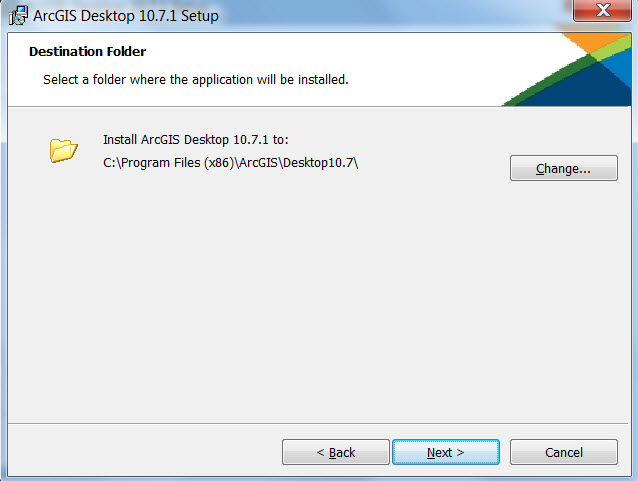

Server administration ArchitectureĪrcGIS Server 10.7 introduces shared instances, a configuration in which some or all of the map services published to your site from ArcGIS Pro use a pool of service processes (ArcSOC.exe processes) rather than having their own reserved instances. When you add the same feature class to a map multiple times and publish a feature layer that references an enterprise geodatabase, you can now enable the sync capability on the feature layer if the layer is read-only (only the query and sync capabilities are enabled). You can now publish OGC-compliant services, such as WMS and WFS, from ArcGIS Pro to the ArcGIS Enterprise portal. Prior to publishing a bin-enabled feature layer, the source database of the layer must be registered to an ArcGIS Server site. Bin-enabled layers can be published as map image layers to ArcGIS Enterprise 10.7.1 portals, or as map services to stand-alone ArcGIS Server 10.7.1 sites.

Feature binning is a visualization tool that allows you to explore large datasets, while optimizing the drawing performance of layers that contain thousands or millions of point features. See Introduction to arcpy.sharing in the ArcGIS Pro documentation for complete information.įeature binning, which aggregates large amounts of point features into dynamic polygons called bins, is now supported on map services published from ArcGIS Pro 2.4 and later to ArcGIS Enterprise 10.7.1.

The arcpy.sharing module also supports publishing services from ArcGIS Pro 2.4 and later to stand-alone ArcGIS Server sites at version 10.6 or later. Starting at ArcGIS Pro 2.4, you can now publish services directly from ArcGIS Pro to a stand-alone ArcGIS Server site at version 10.6 or later. This applies to map services published from ArcGIS Pro to ArcGIS Enterprise 10.7.1 and does not require additional configuration. Starting at 10.7.1, print services automatically adjust legends to only display patches for features that are visible in the current extent. See Join additional machines to an ArcGIS Notebook Server site for more information and complete steps. See the ArcGIS Notebook Server installation guide for complete steps.Īt 10.7.1, ArcGIS Notebook Server now supports multiple-machine sites. To provide each notebook author with an isolated workspace, the server role uses containers, which are virtualized operating systems configured with hundreds of Python libraries.īecause of this, ArcGIS Notebook Server has a different installation process than that of other ArcGIS Server roles. This places a comprehensive data science platform into your ArcGIS Enterprise deployment, integrated with the portal.ĪrcGIS Notebook Server has a unique architecture. Introduced at 10.7, ArcGIS Notebook Server is a specialized server role to host ArcGIS Notebooks. New features and developments in both 10.7 and 10.7.1 are described below, as well as the version at which each item was introduced. To review which earlier ArcGIS product versions are compatible with ArcGIS Server 10.7.1, see Compatibility of ArcGIS Server with earlier versions.
#Arcgis 10.7 software
It's recommended that you review the deprecation notice to determine if your hardware and software components are still compatible with version 10.7.1 and to see a list of functionality that has been deprecated.
#Arcgis 10.7 upgrade
If you plan to upgrade an ArcGIS Server site that has multiple server clusters configured, see Upgrade a multiple-cluster site for complete information and available options. It is no longer possible to configure multiple server clusters in ArcGIS Server 10.7, and sites with multiple clusters will be reconfigured to a single-cluster architecture when upgraded to this version.


 0 kommentar(er)
0 kommentar(er)
